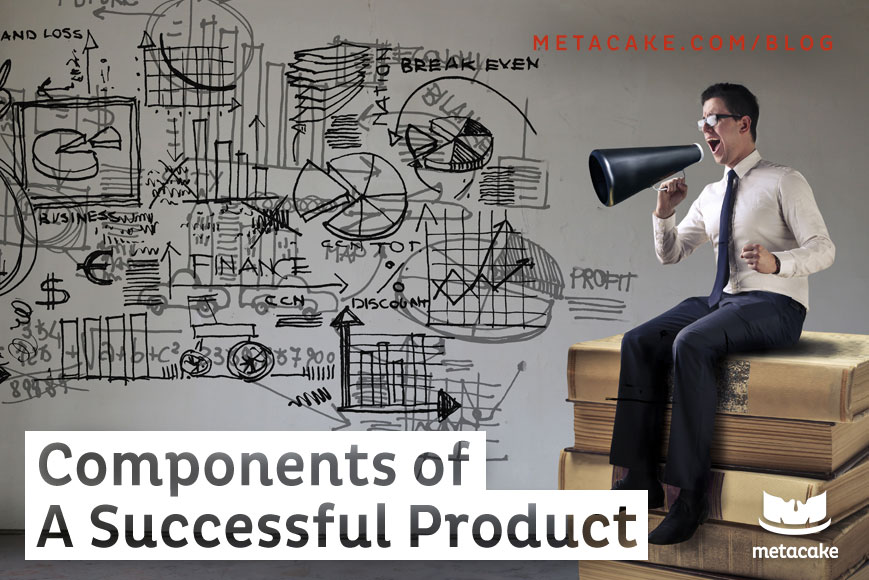So, you have a great product idea…now what?
Is it worth investing all of the time and money to actually create your product and take it to market?
How do you know?
At Metacake, product design is in our blood. Between all of the opportunities we have with clients and partners to take an idea and turn it into a marketable product, to all of our own product ideas internally, we’ve been around the metaphorical product design block quite a few times.
So, how do we determine which products are worth investing in and which opportunities to pass on?
Vetting a new product idea is no easy task, but we’ve develop a basic framework for knowing up front if a product has a real shot at success or not.
The Must Haves
There are three basic components of any successful product.
1. A great idea. It isn’t rocket science. But it’s true. If you don’t have a great idea, you should probably stop here.
2. The ability to execute and implement that idea. Now that you have your idea, do you have the tools and the network to be able to execute it?
3. Access to market and the ability to sell. Do you have access to your target market? Once you’ve developed a great product, you need a direct path to get it into the hands of your customers.
Without any one of these three basic components, your chances of success are slim. Think of a successful product as a three-legged stool. Chop off any one of the legs and…
BAM, you hit the floor.
However, if you do have all three of these components in line, you have a strong chance to have a successful product.
The Most Common Pitfall
The last component is often overlooked in initial product discussions. It’s easy to get caught up in the excitement of your great new product idea, and forget to ask yourself these questions:
Who are your target customers, and more importantly, how will you get in front of them?
If you have a great idea and the ability to execute it, but no access to market, you’re out of luck.
Without a direct channel of access, a foot in the door, it’s nearly impossible to have a successful product. You could literally build a time machine, but if no one knows about it or has access to it – it’s absolutely worthless.
Real World: eSupport
One of our most recent products is a wireless support platform for enterprise level clients called eSupport. We had a great product idea, and the ability to execute it within our team, but without our partner G2 Wireless, we wouldn’t have had access to our market.
We’d have a great product serves a real need in the telecommunications industry, but no way to get it in front of our target audience.
The product would just be sitting there, gathering dust.
However together with G2 Wireless, a wireless help desk service, we have direct access to our target customers and an easy path to sell to them. Now, we have all of the components of a very successful product.
Marketing the “Why”
So you have a great product and access to your target market – the next question is what are you going to say? How do you message your product effectively to entice you target audience to get on board?
Focus on selling the “why” of your product.
What does your product mean to your customers? How does it make their lives better or easier?
Don’t focus on what you are selling. Instead sell the emotional connection, the experience, the life change that your product will bring.
Follow Apple’s lead.
Remember the iconic iPod commercials of the early 2000s? Here’s a sample to jog your memory…
These commercials don’t really reveal what the product is at all. There are absolutely no product details, like the storage capacity or battery life of the iPod.
They are selling an experience, pure and simple.
And I’d say the results were pretty amazing, wouldn’t you?
Product Evolution
The final component of a successful product? Evolution.
Your product should be a living thing, constantly improving and adjusting to the needs of your customers, as should your marketing.
This means testing and optimization.
On the product side, interact with your customers, gather feedback, and watch them as they use your product. Are they using it as you intended? Are they getting the “why” of the product that you promised to deliver?
On the marketing side, perform conversion rate optimization (CRO) across your entire marketing funnel from your paid ads through your checkout process and email communication.
Learn more about how to optimize your conversion flow with our complete CRO series.
So, is your product up to the challenge?
